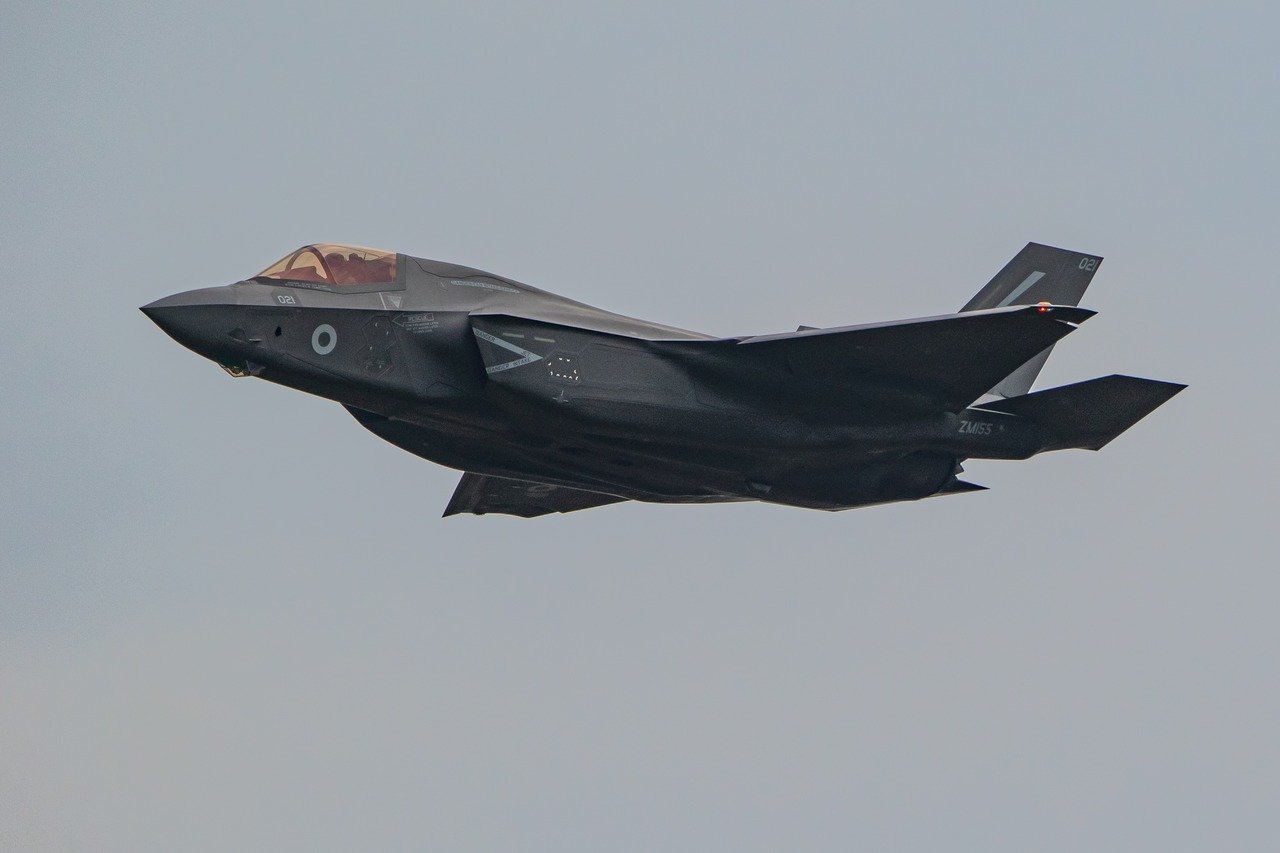
Israel Obliterated Iran’s Air Defenses with the F-35I Adir
In the wake of the horrific Hamas attacks on Israel on October 7, 2023, the Israeli government initiated a series of strikes upon its enemies to both seek justice for the terrorist attacks upon Israel and to restore deterrence that had been lost by the attacks.
Beginning with their counterstrike on Hamas targets in Gaza, the Israelis pushed hard against their enemies in the West Bank and Syria and even the Iranian-backed Hezbollah terrorist network to the north in Lebanon.
Indeed, the Israeli Air Force (IAF) even managed to launch long-range strikes against the Iran-backed Houthis in distant Yemen and against targets within Iran itself.
A Dazzling Display by Israel
In the aftermath of those stunning Israeli airstrikes directed against Iranian targets, the government of Prime Minister Benjamin Netanyahu proudly announced that it had obliterated a key component of Iran’s purportedly complex air defense network. Countless Russian-built S-300 air defense systems were destroyed by the striking F-35I Adir fifth-generation warplanes that the Israelis had deployed to attack those targets within Iran.
Israel claims that they eviscerated the Iranian national air defense networks surrounding key targets in their nation. In other words, the Israeli military is saying that they maintain escalation dominance. With those key targets being vulnerable to repeat attacks from the IAF.
What’s more, now that the pro-Iran (and Russian-backed) Bashar al-Assad regime in Syria has collapsed, the Israelis have taken over large swathes of the country that borders their eastern territories. The IDF is now ensconced in Syria and has created what amounts to an air corridor that its planes can use to reliably strike Iran and return to safety.
A lack of reliable air defenses means that Israel now holds all the cards in any military engagement against Iran.
But did Israel really destroy all the air defense systems that the Iranians possessed? Surely, Iran has more systems than just the Russian-made S-300. Since the Israeli strike that knocked out all of Iran’s S-300 air defense batteries, the Islamist regime in Tehran has fought to downplay the damage. Both the Israeli government and the Biden administration have told The Times of Israel that the Islamic Republic is “essentially naked.”
In April of last year, the Iranians expressed interest in purchasing the more powerful Russian-built S-400 air defense system. By November, though, Iran claimed it did not need the Russian system. Instead, the Iranians have the Bavar-373, which Tehran claims is comparable to the Russian S-400. According to Iranian state sources, the Bavar-373 is a long-range anti-ballistic missile defense system that can, purportedly, destroy Israeli and American fifth-generation warplanes.
Of course, the question that everyone should be asking is, why didn’t these systems knock Israel’s F-35Is out of the sky before they could obliterate the Iranian S-300 sites and sensitive Iranian military targets during their October airstrikes on the Islamic Republic?
Iran Lacks Proper Air Defense Doctrine
The fact is that the Iranians have struggled to beef up their air defense network. That’s partly because they’ve not fought a near-peer rival since the Iran-Iraq War of the 1980s (and Iran barely survived that experience).
There’s more, too. For instance, the Iranian military, on top of being saddled with older indigenously built systems, lacks the appropriate doctrine for effectively using air defense systems. While it’s true that older systems are not especially helpful against newer fifth-generation warplanes, like the F-35I, a lack of proper understanding of the science and tactics behind reliable air defenses complicates Iranian attempts at defense.
Meanwhile, the Iranians have expanded their defensive perimeter into Shiite-controlled zones of neighboring Iraq. But that extended defense perimeter only works if, again, the Iranians are using reliable technology and have an effective air defense doctrine they’re employing.
So, yes, the Israelis have basically ensured they have escalation dominance over the Iranians.
Israel’s Escalation Dominance
A weakened central Syrian government in the post-Assad era is presiding over the de facto partition of Syria, leading the Israelis to take portions of western Syria near the Golan Heights.
The Israelis are trying to create an air corridor to allow their planes to strike deep inside Iran. If Iran’s air defenses are truly gone the way that Israel and the United States claim they are, then Tehran is going to be subjected to the mother-of-all air wars over the next year or so, as the Israelis seek to end the Iranian regime’s threat and the Americans back their play.
Further, the Israeli destruction of Iranian air defenses with their F-35I is a testament to the fact that the F-35, while it has certainly encountered massive problems over the course of its development, is still quite a lethal fighter.
Brandon J. Weichert, a Senior National Security Editor at The National Interest as well as a Senior Fellow at the Center for the National Interest, and a contributor at Popular Mechanics, consults regularly with various government institutions and private organizations on geopolitical issues. Weichert’s writings have appeared in multiple publications, including the Washington Times, National Review, The American Spectator, MSN, the Asia Times, and countless others. His books include Winning Space: How America Remains a Superpower, Biohacked: China’s Race to Control Life, and The Shadow War: Iran’s Quest for Supremacy. His newest book, A Disaster of Our Own Making: How the West Lost Ukraine is available for purchase wherever books are sold. He can be followed via Twitter @WeTheBrandon.
Image: Ian Cramman / Shutterstock.com


